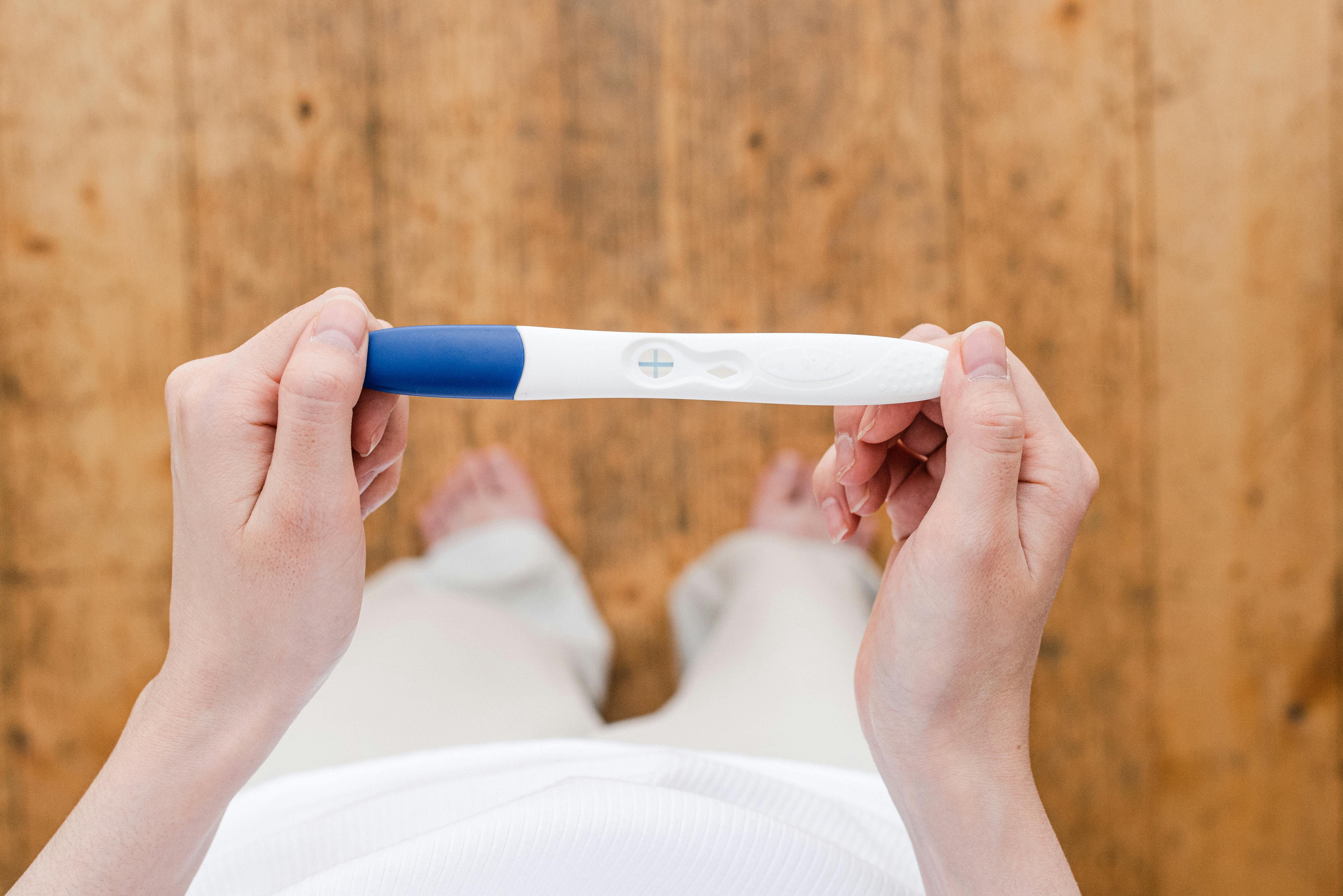There are two ways to answer this. One is the calendar question, which is how long a single cycle takes before you see a result. The other is the outcome question, which is how many cycles or transfers it may take to achieve an ongoing pregnancy or live birth. Both matter when you are planning time, money, and emotional energy.
What “pregnant” means in IVF
Clinics measure milestones in steps. First is a positive blood test for hCG after transfer. Next is an early ultrasound to confirm a gestational sac and heartbeat. The final endpoint is live birth. Your team will be clear about which milestone they are quoting, since timelines and chances differ at each step.
The typical timeline for one IVF cycle
From the start of stimulation to your pregnancy test is usually a few weeks. If you do a frozen transfer, add a bit more time for preparation.
Ovarian stimulation: 8 to 12 days of injections with several monitoring visits.
Trigger shot and egg retrieval: about 34 to 36 hours after the trigger.
Fertilization and embryo growth: 5 to 6 days in the lab to reach the blastocyst stage.
Embryo transfer: either a few days later for a fresh transfer, or in a later cycle for a frozen transfer after preparing the uterine lining.
Pregnancy test: 9 to 12 days after transfer with a blood test.
If you choose genetic testing of embryos, expect extra time for freezing, lab analysis, and scheduling a frozen transfer. From the first injection to a pregnancy test, most people are looking at roughly 3 to 5 weeks for a fresh transfer, and several additional weeks if doing a frozen transfer.
How many cycles it may take
Some people conceive with the first transfer. Others need more than one transfer or another retrieval to create more embryos. Success depends on age, diagnosis, and embryo quality, which is why many clinics talk about a plan over a small number of attempts rather than promising a single cycle. It is reasonable to plan financially and emotionally for more than one transfer, while hoping you will not need it.
What influences speed and outcomes
The same factors that shape natural fertility also matter in IVF, along with a few that are specific to treatment.
Age and ovarian reserve influence egg quantity and quality.
Sperm quality affects fertilization and embryo development.
Uterine factors such as fibroids, polyps, or scarring can affect implantation.
Protocol choice, medication dosing, and response to stimulation guide how many mature eggs are retrieved.
Fresh versus frozen transfer timing, and whether you choose to test embryos, can add or save weeks in the schedule.
Whole-health factors like thyroid status, vitamin D, insulin resistance, sleep, nicotine exposure, and alcohol use can play a supporting role.
Your clinic will tailor the plan to your history. If you are considering fertility preservation before treatment, you may also have an antral follicle count ultrasound to estimate how your ovaries might respond.
Where Strawberry fits
Before you start IVF or decide how fast to move, a focused hormone baseline helps set expectations and avoid avoidable delays. Day 3 testing is especially simple with Strawberry since you collect at home. No last-minute lab visits while you are tired and menstruating. Every test is processed by certified partner labs, reviewed by clinicians, and explained in plain English. You will also receive a Personalized Fertility Timeline that brings your results together with your age and shows when to recheck or escalate.
Choose the panel that fits your goal
Ovarian Reserve Blood Test (AMH) to gauge egg quantity and shape conversations about how many cycles you might plan.
Fertility Blood Test (AMH, FSH, estradiol) for early-cycle context when deciding between fresh or frozen transfer timing and overall pace.
Women’s Health Panel for a broader hormone view when you want fertility insights alongside energy, sleep, mood, training, and symptoms.
Bottom line
A single IVF cycle moves quickly once you begin, with a result a few weeks after transfer. The overall journey varies more, because some people need more than one transfer or another retrieval. If you ground your plan in your own data, choose a clinic you trust, and give yourself room for one or two extra steps, you can move forward with realistic expectations and less stress. If you want a simple first step, start with an at-home panel and your Personalized Fertility Timeline, then use that clarity to shape a timeline that works for you.


.svg)



